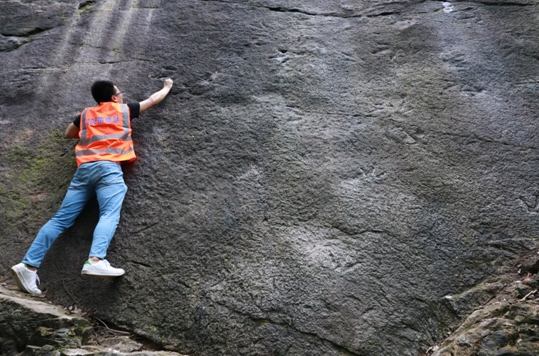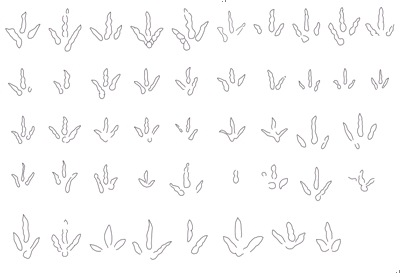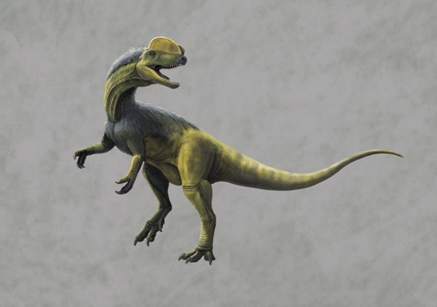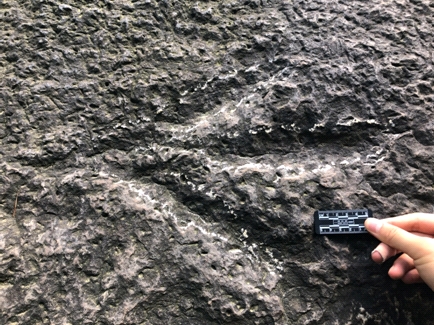Dinosaur tracks found in Chongqing air-raid shelter
 0 Comment(s)
0 Comment(s) Print
Print E-mail chinadaily.com.cn, June 3, 2020
E-mail chinadaily.com.cn, June 3, 2020

The "chicken claw prints" on the wall of an air-raid shelter called Sharen in Geleshan National Forest Park in Southwest China's Chongqing, discovered by rock climbers in March 2019, turned out to be a group of dinosaur tracks, dating back 190 million years to the early Jurassic era and made by the Kayentapus theropod.

The discovery provides further evidence that in Asia, dinosaur track sites from the early Jurassic era were dominated by theropods. In terms of track morphotypes, their diversity appears consistent with global discoveries.
Researchers including Xing Lida from the China University of Geosciences, Dai Hui from the Chongqing Laboratory of Geological Heritage Protection and Research, No. 208, and Wei Guangbiao from the Chongqing Institute of Geological Survey published the result on the British scientific journal Historical Biology.
The evidence shows that the tracks were marked by a carnivorous dinosaur. It is the best-preserved example of Kayentapus tracks ever found in Asia.

The track assemblage was preserved on the surface of two quartz sandstones that stood 3 meters apart, containing a total of 46 footprints of theropods, of which the largest is 35 centimeters in length and the smallest 16 cm. By measuring the stride lengths, researchers speculate that the tracks were left by large and medium-sized theropods trotting at that time.

Track assemblages of Kayentapus have been widely found around the globe. In China, Kayentapus track sites have been discovered in Lufeng and Jinning in Yunnan province, Panzhihua and Xichang in Sichuan province, and Zizhou in Shaanxi province.
In Southwest China, the dinosaur behind the Kayentapus track assemblages is believed to be a Sinosaurus (the dinosaur of China) that was 5.6 meters in length, weighed about half a ton and had two crests on top of its head. It was the fiercest large carnivorous dinosaur at that time and place.
Although Kayentapus track sites were found widely around the world, in Asia there had been no confirmed Kayentapus examples found until this recent discovery.







Go to Forum >>0 Comment(s)